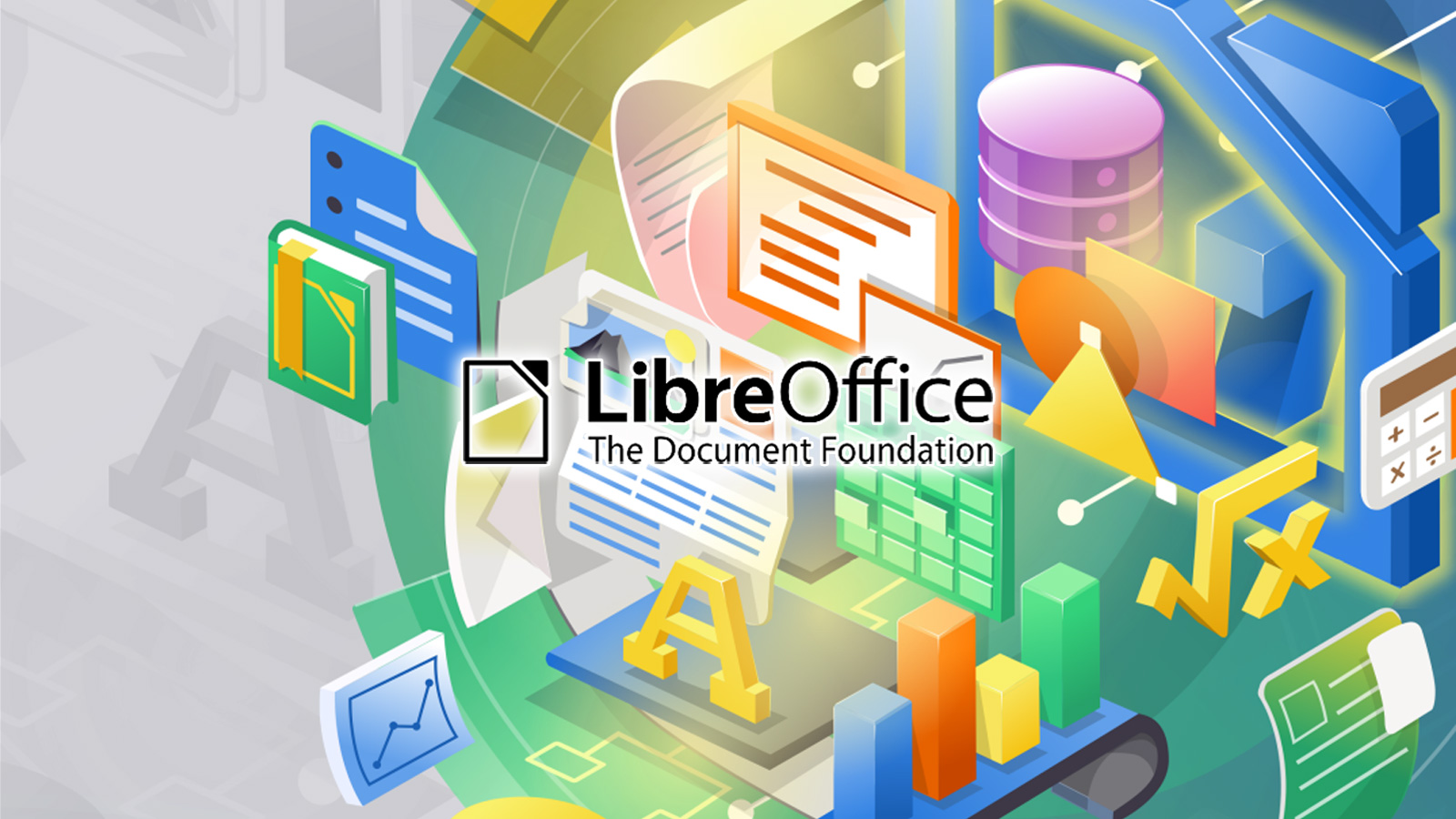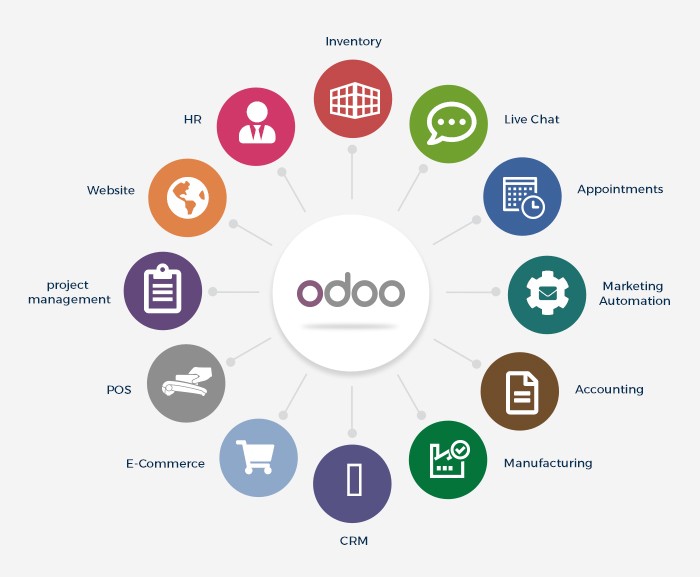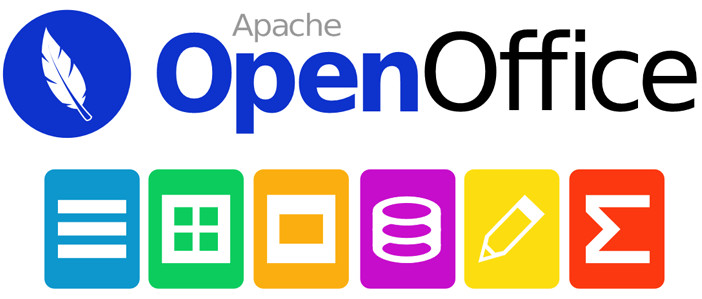In the realm of technology, Open-Source Software (OSS) revolutionizes collaboration. Unlike proprietary counterparts, OSS allows free access, modification, and distribution of its source code. This transparency fosters active development communities, providing businesses with cost savings, flexibility, and innovative solutions. This article will discuss OSS’s benefits, challenges, and future for businesses. We will also provide a list of the best tools for businesses of all sizes.
I. Understanding Open-Source Software Definition
1. What Is Open Source Software?
OSS is a computer program that allows users to access, change, and share the source code freely. Unlike traditional software, where the code is hidden and proprietary, open-source code is open for anyone to see and modify. This feature makes it a collaborative and transparent development process where communities of developers can work together to improve the software.
2. Benefits of Open Source Software for Business
- Cost savings: Unlike proprietary software that requires hefty licensing fees, open-source solutions are often freely available. This reduction in upfront costs allows businesses, especially smaller ones, to allocate resources more efficiently.
- Flexibility: Companies can access and modify the source code according to their specific needs. This customization capability ensures that the software aligns seamlessly with unique business requirements.
- Active and collaborative development communities: These communities contribute to continuous improvement, rapid bug fixes, and new feature implementation. Businesses can tap into this collective expertise, ensuring the software remains up-to-date, secure, and aligned with industry standards.

3. Challenges and Limitations of Open Source Software
Disadvantages of open-source software include:
- Quality Assurance: Open-source software faces quality assurance hurdles due to its decentralized development. Maintaining consistent quality across projects proves challenging as diverse contributors may follow different coding standards and testing procedures.
- Security: While open-source fosters innovation, it introduces security challenges. The collaborative nature may lead to delayed responses to security vulnerabilities compared to proprietary software.
- Operational Challenges: Unlike proprietary software with dedicated customer support, open source relies on community forums, posing difficulties for immediate assistance. Integrating open-source platforms with existing systems may introduce interoperability challenges, requiring careful consideration during implementation.
Learn More On:
II. Best Open Source Software for Business
The list of open-source software for businesses below encompasses five essential tools that cover various aspects of business operations, making them valuable for companies seeking cost-effective and customizable solutions.
1. LibreOffice: Boost Productivity
LibreOffice is a flexible office suite seamlessly integrating essential applications like Writer, Calc, and Impress. Its compatibility with Microsoft Office formats helps businesses by guaranteeing a seamless transition. LibreOffice boosts productivity with its feature-rich feature set and user-friendly interface, making it possible to manage spreadsheets, process documents quickly, and create powerful presentations. Because of its affordability and adaptability, it’s the perfect open-source option for companies looking for feature-rich office supplies without breaking the bank.

2. Odoo: Streamline Your Business Operations
Odoo is becoming an increasingly popular Enterprise Resource Planning (ERP) option for companies looking to simplify operations. This open-source platform provides integrated applications for project management, human resources, and inventory control. Odoo’s modular design allows for customizable features to suit businesses of all sizes. It offers a comprehensive approach by centralizing different parts of business management, promoting efficiency, and enhancing overall performance.

3. SuiteCRM: Elevate Customer Relationships
Businesses prioritizing their customer relationships will find SuiteCRM to be of great use. This scalable and flexible open-source customer relationship management (CRM) system is available. SuiteCRM helps businesses manage leads and cultivate customer relationships by integrating customer care, sales, and marketing functions. The platform is a comprehensive tool for companies looking to improve customer relationships and spur sustainable growth, as it supports marketing strategy tracking and sales team management.

4. Git: Empower Your Development Team
Git is an effective version control system widely used and empowers development teams. Its extensive use is due to its capacity to manage branches efficiently, track changes, and enable code merging. Git is a versatile tool that makes software development collaborative by integrating with different development environments in an easy-to-use manner. It is essential for companies to try to empower their development teams and improve overall software development processes due to its role in upholding open-source projects and enabling practical, well-coordinated coding efforts.

5. Apache OpenOffice: Seamless Office Experience
Apache OpenOffice offers a seamless office experience with its multifunctional suite, encompassing Writer, Calc, and Impress. With its extensive feature set and ability to handle various document formats, it presents a vital substitute for business office suites. Apache OpenOffice offers a wide range of tools and an intuitive interface that suits businesses looking for effective word processing, spreadsheet features, and dynamic presentation creation. It guarantees a seamless and practical office experience at a reasonable price without sacrificing the necessary parts.

III. Future of Open-Source Software Development
The future of libre software is promising, with a likely increase in its usage across various industries. As businesses increasingly recognize the cost-effective and collaborative nature of open-source solutions, Experts predict that the adoption rate of such software will rise significantly in the coming years. Small and medium-sized enterprises (SMEs) will likely experience a notable surge in leveraging open-source tools to streamline operations and reduce expenses. Conversely, larger enterprises may continue to incorporate open-source solutions into their ecosystems, albeit at a relatively steady pace.
In the coming years, there will be an increased emphasis on improving the security features of open-source programs. Cybersecurity concerns have become paramount, and developers are likely to invest more effort in fortifying the resilience of open-source applications. Additionally, user interface and experience could see significant advancements, aiming to make free software more accessible and user-friendly.
Furthermore, AI integration promises to take open source to the next level. Consider transparent and flexible unrestricted source software that automatically learns from your data, customizes decisions, and streamlines workflows. This openness of AI capabilities will empower businesses of all sizes to compete on a more even playing field. The future of open-source is not just about cost-efficiency and collaboration; it’s about unleashing the power of innovation for everyone.
Conclusion
Open-source software encompasses more than just affordable options. It’s a thriving ecosystem of creativity driven by dedicated communities and quick development. The future is promising as this program grows, thanks to improved security, increased usability, and AI integration. There is no reason to pass up this chance. Accept the transparency, use the knowledge, and customize the solutions to your unique requirements. By actively engaging in this collaborative revolution, you open the door to possibilities where success, efficiency, and innovation coexist alongside cost savings.
Ready to harness this software’s cost-savings, flexibility, and innovation for your business? Don’t just go alone because it can be challenging to guarantee program security and staff technical proficiency. TECHVIFY’s expert consultants are here to guide you every step of the way. Visit TECHVIFY today to get free personalized implementation guidance for seamless integration.
TECHVIFY – Global AI & Software Solution Company
From Startups to Industry Leaders: TECHVIFY prioritizes results, not just deliverables. Accelerate your time to market and see ROI early with high-performing teams, AI (including GenAI) Software Solutions, and ODC (Offshore Development Center) services.
- Email: [email protected]
- Phone: (+84)24.77762.666





